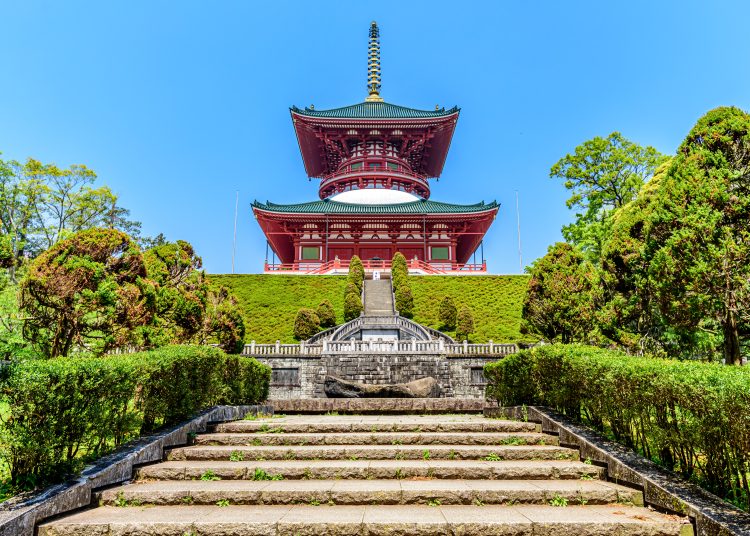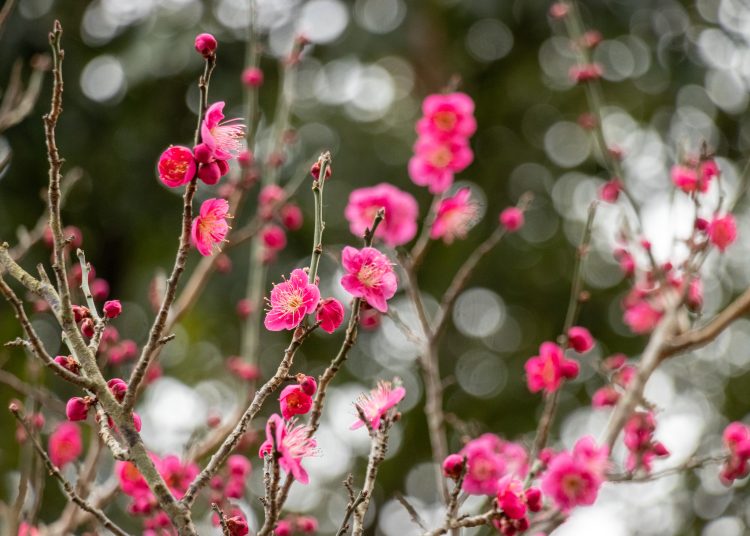When you think of spring in Japan, cherry blossoms undoubtedly come to mind. However, before the cherry trees bloom, plum blossoms herald the end of winter with their vibrant hues. One of the best places to witness this lesser-known spectacle is at the historic Narita-san Shinsho-ji Temple in Narita, Japan, during the Plum Blossom Festival.
Taking place typically in February to early March, the festival is timed perfectly to coincide with the blooming of over 350 plum trees on the temple grounds. The variety of colors, from white to pink to red, creates a visual scene that is as beautiful as it is serene. Moreover, because the temple boasts both early and late-blooming plum species, visitors can enjoy an extended viewing period of these blossoms.

As visitors stroll among the blossoming trees, they might take a moment to appreciate the specialized care they receive from the temple gardeners. The practice of “ume-bori,” a pruning method that encourages flowering and shapes the plum canopy, is just one example of the dedication to maintaining the grove’s splendor.
The Plum Blossom Festival may not be as well-known as the cherry blossom festivals. This actually works in visitors’ favor. The event is typically more frequented by local visitors, offering a chance to immerse oneself in a tranquil, authentic experience, away from the crowds of international tourists.
During the festival, do not miss out on trying “umeshu,” the traditional Japanese plum wine. Local vendors often offer this sweet and tangy beverage, which perfectly complements the festive atmosphere. Additionally, temple monks conduct special prayers and blessings for the health and fertility of the trees, a fascinating blend of Shinto and Buddhist rituals that add a spiritual dimension to the visit.


The temple’s architecture, including the three-storied pagoda built in 1712, offers a beautiful backdrop for photos with the plum blossoms. The pagoda is strategically placed amidst the trees, ensuring that photographs capture the essence of this seasonal event.
Before leaving, make sure to visit the temple’s Gakudo, or Gallery of Gratitude, where historical artifacts related to the temple’s history are displayed. Some of these artifacts include references to the plum trees and their significance, enriching visitors’ understanding of the festival’s cultural depth.
The Plum Blossom Festival is a unique opportunity to enjoy the beauty of nature, the richness of history, and the warmth of local traditions, all within the serene setting of Narita-san Shinsho-ji Temple. Consider this event for an experience that is peaceful and picturesque.

